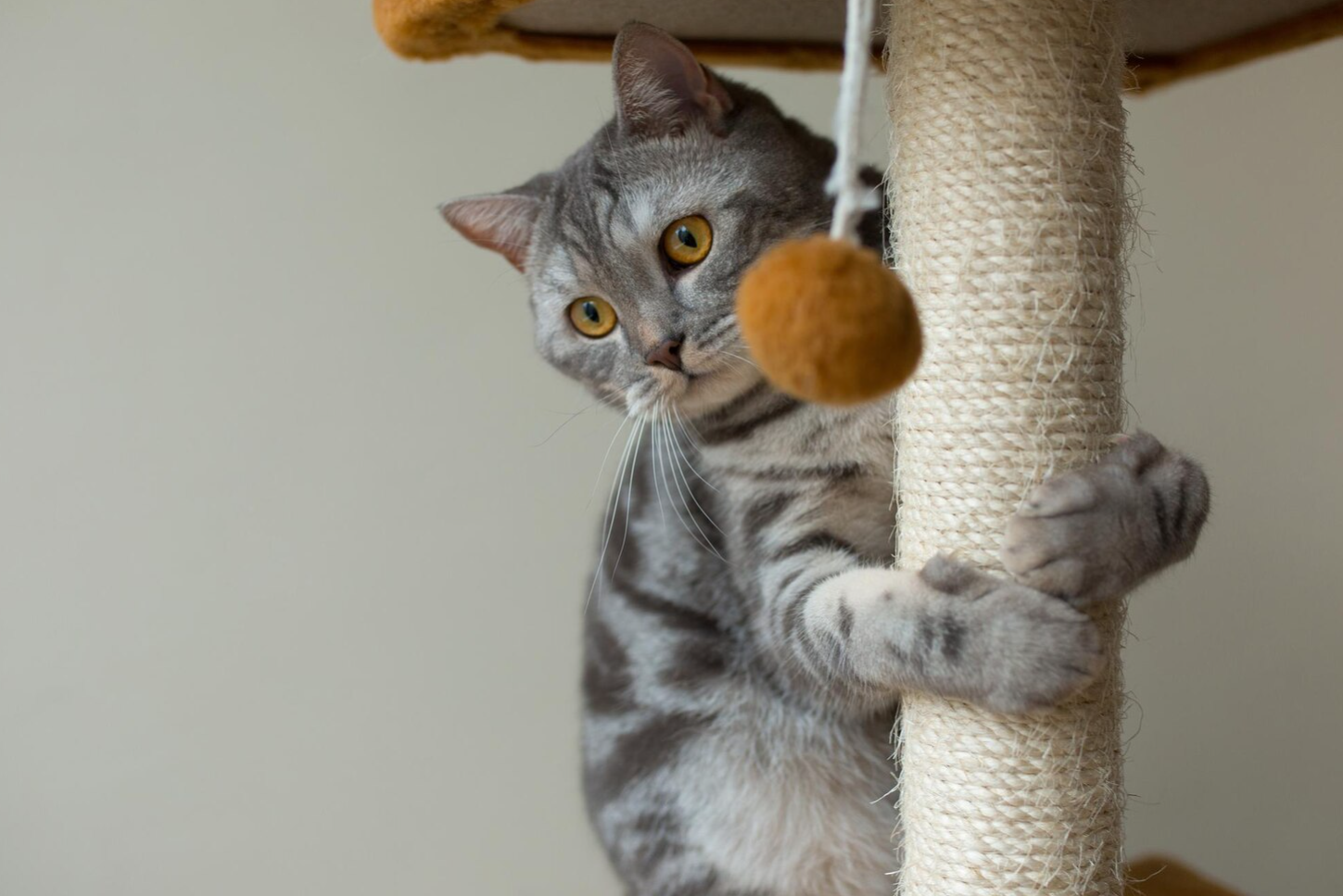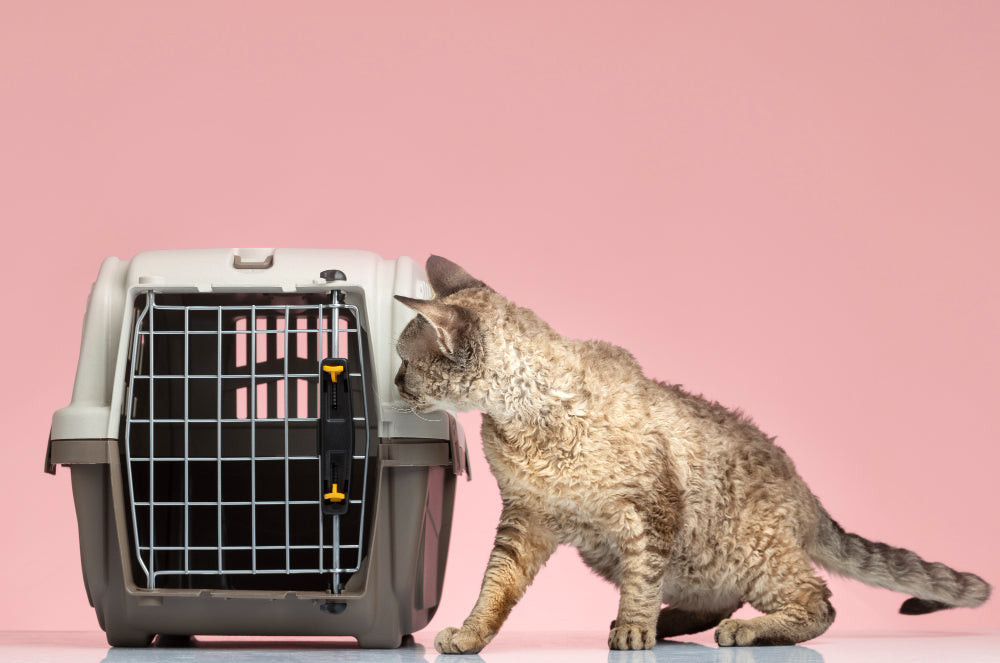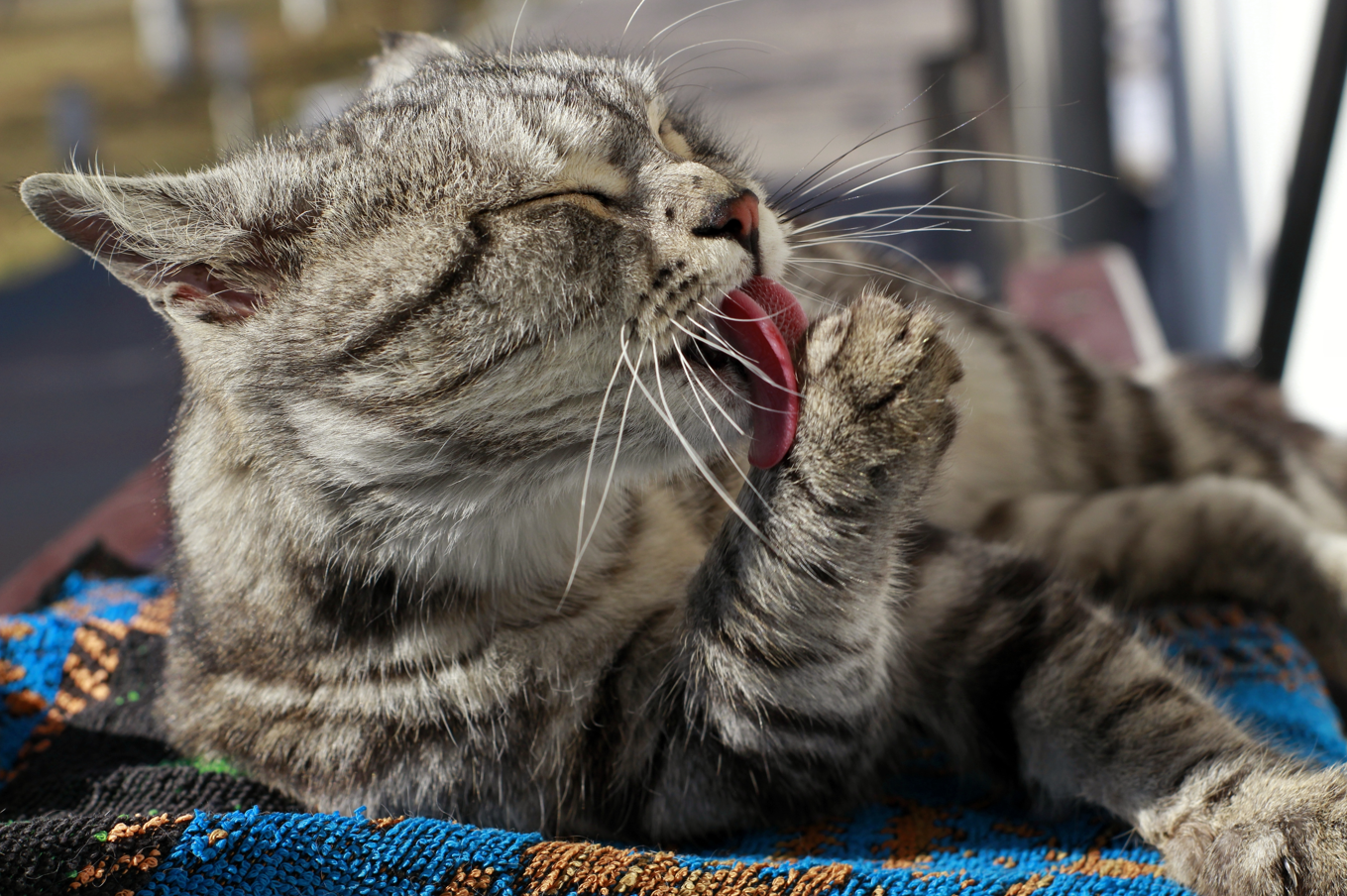
Analytical constituents in cat food explained: how to choose the best food for your cat
, by Michael van Wassem, 9 min reading time

, by Michael van Wassem, 9 min reading time
Virtually every bag of cat food or canned cat food carries a list of "analytical constituents." While this may sound technical to many cat owners, this overview is key to understanding whether the food is suitable for your cat. Cats are strict carnivores, and their dietary needs differ from those of dogs. Below, you'll find a complete guide with explanations of each ingredient, including tips on which situations to pay extra attention to.
What is it? Proteins are the main building blocks for muscles, skin, coat, and the immune system. Cats need more protein than dogs.
Normal range: 30 – 45% for dry food.
Too high/low? Less than 28% is too low for cats, especially kittens or active cats. Too high (>45%) is usually not a problem, but may be unnecessary for older cats with kidney problems.
When to pay extra attention:
Kittens and pregnant cats: minimum 35–40% protein.
Seniors or cats with kidney problems: choose food with lower protein (around 30%), special diet food.
What is it? It's the main source of energy and essential for the absorption of fat-soluble vitamins. It contains omega fatty acids for skin and coat.
Normal range: 12 – 22%.
Too high/low? Too little fat (<10%) leads to a lack of energy and a dull coat. Too high (>22%) can cause obesity.
When to pay extra attention:
Indoor cats or sterilized cats: preferably below 15% fat.
Outdoor cats or very active cats: around 18–20%.
Cats with skin problems: food rich in omega 3 and 6.
What is it? Indigestible plant substances that aid digestion and satiety.
Normal range: 2 – 6%.
Too high/low? Too little fiber can lead to hairballs and constipation. Too much (>8%) can cause diarrhea.
When to pay extra attention:
Cats with hairballs: Choose a food with 5–7% fiber (often enriched with beet pulp or cellulose).
Overweight: fiber-rich food (6–8%) gives a fuller feeling.
What is it? The total amount of minerals in the feed (such as calcium, phosphorus, magnesium).
Normal range: 6 – 8%.
Too high/low? An ash content that is too high (>9%) can strain the kidneys and urinary tract.
When to pay extra attention:
Cats with bladder grit or kidney problems: choose food with a maximum of 7% ash.
What is it? Necessary for healthy bones, teeth, and nerve function.
Normal range: 0.8 – 1.5%.
Too high/low? Too much calcium (>1.6%) can worsen bladder stones. Too little can lead to weak bones.
When to pay extra attention:
Kittens: need adequate calcium (1.2–1.4%), but not too much.
Adult cats: preferably around 1%.
What is it? It works with calcium in bone formation and energy metabolism.
Normal range: 0.7 – 1.2%.
Too high/low? Too much phosphorus is taxing on the kidneys.
When to pay extra attention:
Seniors or cats with kidney problems: choose food with less phosphorus (<0.8%).
What is it? Important for nerves and muscles.
Normal range: 0.06 – 0.1%.
Too high/low? Too much magnesium can contribute to bladder stones (struvite).
When to pay extra attention:
Cats with urinary tract problems: choose food low in magnesium (<0.08%).
What is it? Essential fatty acids that contribute to healthy skin, a shiny coat, and anti-inflammatory properties.
Normal range: Omega 6 >2%, Omega 3 >0.5%.
Too high/low? An uneven ratio (high omega-6, low omega-3) can worsen skin problems.
When to pay extra attention:
For skin or coat problems: choose food with salmon oil or fish oil.
In older cats: omega 3 supports joint and brain function.
What is it? An essential amino acid that cats cannot produce themselves. Important for the heart, eyes, and immune system.
Normal range: At least 1000 mg/kg, often more.
Too high/low? Too little taurine can lead to blindness or heart failure.
When to pay extra attention:
Always: Food without taurine is unsuitable for cats. Always check if it has been added.
What is it? An amino acid that makes urine more acidic and helps prevent bladder stones. Also important for coat quality.
Normal range: around 1000 mg/kg.
When to pay extra attention:
Cats with bladder problems or struvite: choose food with methionine.
Cats with heavy hair loss: supports keratin and hair growth.
Sodium & potassium: support fluid balance and muscle function.
Iron, copper, zinc, selenium: essential minerals for blood, skin and immune system.
Glucosamine & chondroitin: often added to support joints, especially in older cats.
L-carnitine: helps with fat burning, often found in food for sterilized or overweight cats.
The analytical components on a package are much more than just figures. They tell you whether the food is suitable for your cat's health, age, and lifestyle. For example, choose a high-protein, high-energy food for a kitten, a suitable food with less phosphorus for a senior, and a recipe with low magnesium and added methionine for a cat with bladder problems.
Understanding these values will help you compare and make the right choice. The result: a healthy cat with energy, a beautiful coat, and a long, happy life. Always consult your veterinarian before making a decision.


